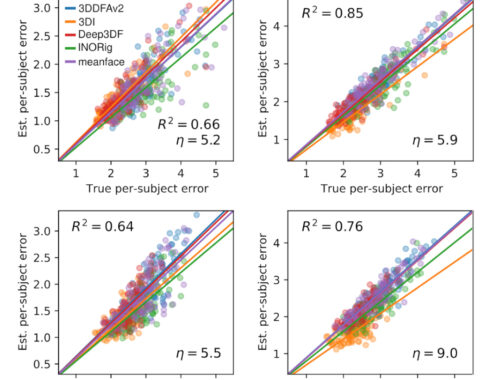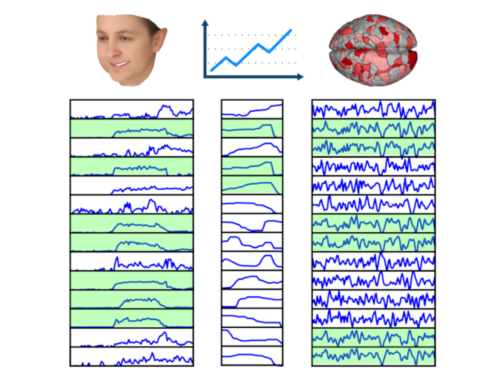3DI: Face Reconstruction via Inequality Constraints
We present the CUDA code of our optimization-based 3DMM fitting method (i.e., no learning), which was first presented in ECCV’20. The journal version of the paper (currently under revision) presented a significant speed up with a new optimization approach, making the method feasible for real-life applications.
3DI is an optimization-based 3DMM fitting (3D reconstruction) method that enforces inequality constraints on 3DMM parameters and landmarks, thus significantly restricts the search space and rules out implausible solutions (Figure 1). 3DI is not a learning-based method, thus is more flexible; e.g., it can straightforwardly incorporate camera matrix or be adapted to an arbitrary morphable model relatively easily.

Code (github) of the method: http://github.com/Computational-Psychiatry/3DI
Project page: http://compsygroup.github.io/3DI/
The 3DI method can be used for a variety of facial analysis tasks including
- 3D face reconstruction
- Pose estimation
- Expression quantification
- 2D landmark detection
- 3D landmark detection
- On world coordinates (with pose and expression variation)
- Canonicalized (i.e., pose and/or identity effect removed)
Example results
Identity, expression and pose reconstruction combined on some celebrity faces
Occlusion and facial hair don’t typically break the method
Face frontalization and identity estimation performance



